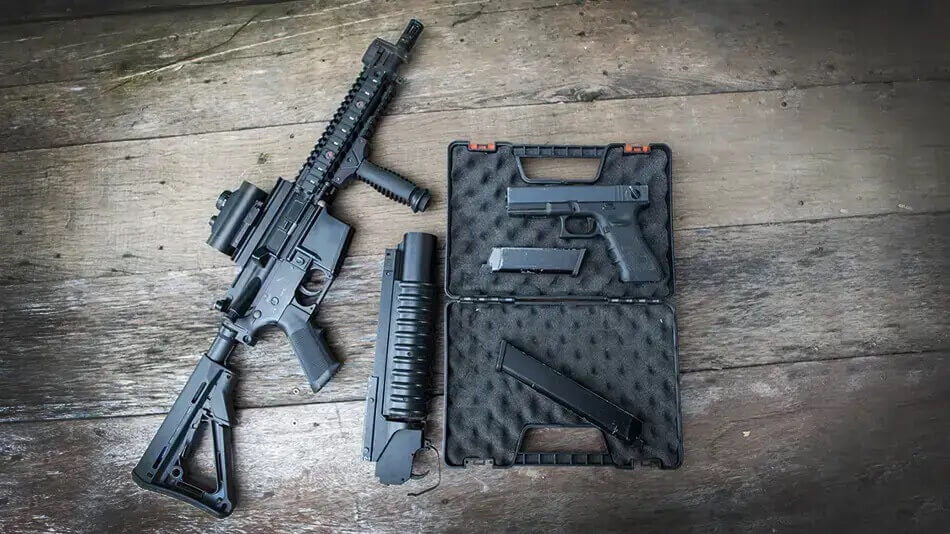
There are a lot of different firearms platforms and types of guns on the market, so it’s understandable to get confused sometimes. After all, it's simpler to just call a gun a gun. If you’ve ever been curious about the difference between a lever-action and a bolt-action or a rifle and a carbine, you’ve come to the right place. Read on for a general lesson in firearms platform terminology.
Who Defines Gun Terminology From a Legal Perspective?
The Bureau of Alcohol, Tobacco, Firearms and Explosives (ATF)—which is the federal law enforcement agency that investigates and seeks to prevent federal offenses involving firearms AND serves as a regulatory body with oversight over the firearms industry—website is a good source for the legal definitions of firearms and their components. Many of their listed definitions come from the Gun Control Act of 1968 (GCA), which is legislation that regulates firearms commerce and licensing, among other things. You may also have heard of the National Firearms Act of 1934 (NFA) which addresses the taxing and regulating of specific types of firearms. Those three acronyms—ATF, GCA, and NFA—are used often in the gun world and are good to know.
See also: Do You Need Self-Defense Insurance?
What Is a Firearm?
Generally speaking, firearms are weapons made to expel projectiles by utilizing explosives. The GCA defines firearms as “any weapon (including a starter gun) which will or is designed to or may readily be converted to expel a projectile by the action of an explosive” or “any destructive device.”
Is a firearm a gun? Yes, it is.
Enjoying this content? Find out how you can get more essential updates and self-defense information just like this sent straight to your inbox.
What Is a Gun?
When you’re talking about firearms in generalities, “firearm” and “gun” are used interchangeably. The GCAcalls them “firearms,” so if you need or want to be precise, “firearms” would be the word to use. In the gun world, it tends not to matter which word you use. According to the Merriam-Webster® dictionary , a gun is “a: a piece of ordnance usually with high muzzle velocity and comparatively flat trajectory; b: a portable firearm (such as a rifle or handgun); c: a device that throws a projectile.”
In the military, you will notice the weapons that fire projectiles from the deck of a battleship are generally referred to as “guns” or “artillery.” Similarly, a tank’s guns are generally called “guns” or “cannons.” From this, you can safely make the assumption that “firearms” can be carried without the use of a vehicle or otherwise automated mode of transportation. “Guns” is a more general term for projectile-firing weapons.
So, is a gun a firearm? Yes.
How Many Types of Guns are There?
The answer to how many types of guns there are depends on how they're broken down. Generally speaking, there are three types of guns: rifles, shotguns, and handguns. Of course, it's far more complex than that and there are myriad sub-categories within those groups. Then there are the many different action types you find in various types of firearms.
What Is a Long Gun? Are All Long Guns Shotguns?
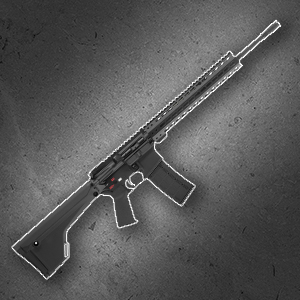
Guns can be broken down into two basic categories: long guns and handguns.
There are a lot of details within those classifications, but it’s agood place to start when it comes to types of guns. Long guns are larger, longer firearms designed for use with two hands and generally need to be shouldered, meaning the butt of the firearm is braced against the shooter’s strong-side shoulder; handguns are made for handheld use, can typically be fired with one hand alone (although it isn’t usually recommended) and do not need to be shouldered or supported to the extent long guns do.
Of course, those titles can be broken down far more. Within the category of long guns, we have rifles, carbines, and shotguns; within the handgun designation, there are pistols and revolvers.
What Is a Rifle?
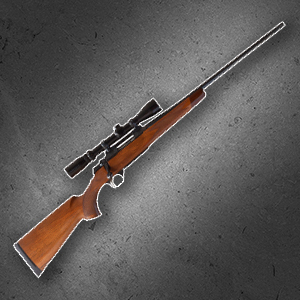
A rifle is a long gun requiring both hands and a shoulder for accurate use. It’s true that a shooter can rest the forend or handguard of their rifle on a solid object during firing, but even that doesn’t mean it becomes a single-handed firearm. Use of a rest simply makes it more stable which improves accuracy, especially on longer-range shots. In addition, rifles have rifled barrels with varying twist rates, meaning the intervals at which the rifling helps a bullet make one complete rotation. A rifle with a 1:7 twist rate will encourage the bullet to make a full rotation once every 7 inches. Twist rate affects stability, accuracy, and what weight of bullets perform the best when fired through the specific barrel.
The GCA defines a rifle as “a weapon designed or redesigned, made or remade, and intended to be fired from the shoulder and designed or redesigned and made or remade to use the energy of the explosive in a fixed metallic cartridge to fire only a single projectile through a rifled bore for each single pull of the trigger.”
There are legal requirements and industry standards for the barrel length and overall length of a rifle. Rifles must have barrels at least 16 inches long, and weapons made from rifles must also have a minimum overall length of 26 inches, or else they are subject to the NFA. However, in technical terms within the firearms industry, a rifle generally has a barrel 18 inches and longer.
Rifles can have varying barrel lengths, though; a longer barrel typically improves accuracy and gets the shooter the most out of the caliber it’s chambered in from a ballistic perspective. For example, the Barrett® Model 82A1® in 50 BMG is available with a 29-inch barrel and an overall length of 57 inches; the M82A1 is designed for serious long-range use and is considered by many to be a sniper rifle. Of course, this means the M82A1 isn’t easily portable and you’re not going to fire it offhand; you’re going to be prone on the ground or using a sufficiently large object for support. For contrast, the Ruger® AR-556® MPR, which is a standard AR-15® platform rifle, is available with an 18-inch barrel and can easily be fired offhand without using a rest to keep it stationary.
Taking it a step further, it is helpful to understand there are multiple types of actions in rifles, including semi-automatic, bolt-action, and lever-action. We will get to those actions later.
See also: The Ultimate Short Barrel Rifle Guide
What Is a Carbine?
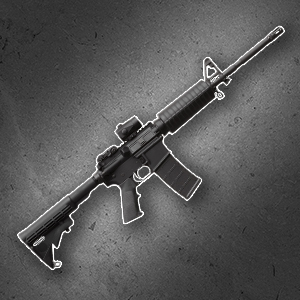
Carbines are compact versions of rifles, but they should not be confused with short-barreled rifles (SBRs), which require a tax stamp because they are controlled under the NFA.
In the gun industry, long guns with barrels 16 inches in length are usually referred to as carbines. Sometimes a gun with an 18-inch barrel will be marketed as a carbine.
It is important to note the barrels cannot be under 16 inches long because they would then be classified as SBRs under federal law and require a significant amount of paperwork and a tax stamp to be possessed legally.
Carbines are often considered brush guns or truck guns because they can be more easily maneuvered in close quarters.
A carbine is often considered a good option for use as a brush gun or truck gun because they can be more easily maneuvered in close quarters. Different types of firearms have varying applications.
What Is a Shotgun?
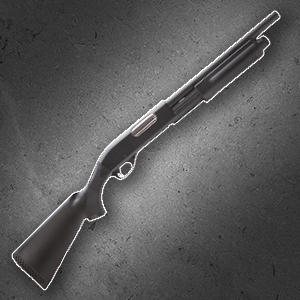
Shotguns are long guns that generally have smooth bores (there is no rifling inside the barrels). They’re designed to be fired using both hands while shouldered. According to the GCA, a shotgun is “a weapon designed or redesigned, made or remade, and intended to be fired from the shoulder, and designed or redesigned and made or remade to use the energy of the explosive in a fixed shotgun shell to fire through a smooth bore either a number of ball shot or a single projectile for each single pull of the trigger.”
Barrel length and overall length on a shotgun depend on its purpose. For example, longer barrels are useful for waterfowl hunting and competition, while shorter barrels work well for home defense or target practice. The NFA considers any shotgun with a barrel under 18 inches in length, and any weapon made from a shotgun with an overall length under 26 inches or barrel under 18 inches, to be a short-barreled shotgun (SBS), which requires paperwork and a tax stamp.
There is more than one kind of action for shotguns. Examples include gas-operated, pump-action, and break-action. Shotguns might be made with a single barrel or they might have two in a side-by-side or over/under style. In addition, shotguns are offered in a wide variety of chamberings including 410 Bore, 20 gauge, and 12 gauge. Those are just a few options; there are quite a few other gauges available for shotguns.
What Is a Handgun? Are Pistols the Same Thing as Handguns?
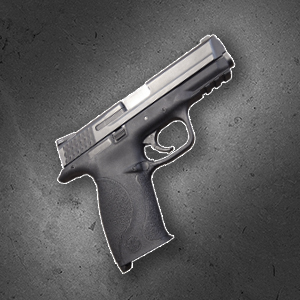
Handguns—or, “pistols”—are defined by the GCA as “a weapon originally designed, made, and intended to fire a projectile (bullet) from one or more barrels when held in one hand, and having:
- a chamber(s) as an integral part(s) of, or permanently aligned with, the bore(s);
- and a short stock designed to be gripped by one hand at an angle to and extending below the line of the bore(s).”
There are multiple types of handguns and handgun actions. As mentioned above, at their simplest the two categories of handguns are pistols and revolvers. Pistols can be further broken down as semi-automatic pistols, bolt-action pistols, and derringers. Overall length and barrel length vary wildly. For example, the popular Glock® 17 (G17) has a 4.49-inch barrel and an overall length of 8.03 inches. The Bond Arms® Texas Defender—a derringer—has a 3-inch barrel and overall length of 5 inches. Then, on the larger end of the handgun spectrum, the Thompson/Center® G2 Contender®—a bolt-action pistol—is available in many configurations, including with a 14-inch barrel and overall length of 25 inches. The latter has a pistol grip and is not designed to be shouldered, so although it’s a much larger gun, it’s classified as a bolt-action pistol.
You will find that the words “pistol” and “handgun” are used interchangeably. “Revolver” refers to a specific type of handgun. Most handguns are designed for concealed carry, but not all of them. Imagine how difficult it would be to conceal the aforementioned Thompson/Center bolt-action pistol!
Is There More Than One Type of Pistol Action?
Yes, there are multiple types of pistol actions. Some of those types include striker-fired, hammer-fired, and even bolt-action pistols. The action is the mechanism by which the firearm in question fires and it does vary by type of gun.
Are Semi-Automatic and Fully-Automatic Different?
A semi-automatic rifle fires one round for each pull of the trigger. Firing full-auto firearms is different; if the trigger is pulled and held, multiple shots will be fired until the trigger is released. Full-auto guns are regulated and buying and owning one requires a significant investment of time and money.
Is There More Than One Action for Rifles?
Like handguns, rifles have multiple action types. A rifle might be bolt-action, lever-action, or semi-automatic.
Is There More Than One Type of Trigger?
There are quite a few trigger designs and styles in the gun world. A gun might have a single-action trigger, double-action trigger, or, if it's a rifle, a two-stage trigger. In addition to the type of trigger varying, the pull weight of the trigger also varies by gun. Some guns will have a trigger with a lightweight trigger pull weight, such as 1.5 pounds, while other guns have a trigger that's extremely heavy, such as 12 pounds.
What is a Machine Gun?
According to the National Firearms Act, 26 U.S.C. 5845(b), a “machine gun” is a gun that includes "any combination of parts designed and intended for use in converting a weapon to shoot automatically more than one shot, without manual reloading, by a single function of the trigger." To speak in generalities, what this means is that a machine gun is a firearm capable of select fire, meaning it is capable of firing full-auto. Pulling a machine gun trigger results in multiple bullets going down-range from that single pull as long as the user's finger is pressing the trigger; firing full-auto on a machine gun puts a lot of bullets on target, quickly. On a semi-automatic firearm, the user is shooting one round for each pull of the trigger.
One point of confusion is the belief that all machine guns are long guns. In reality, there are other types, such as full-auto handguns, which have the same NFA restrictions as full-auto rifles.
What Is an AOW?
It’s worth mentioning Any Other Weapon (AOW) because it is an NFA classification and there are firearms on the market that meet their definition. The NFA definition of an AOW is:
Any weapon or device capable of being concealed on the person from which a shot can be discharged through the energy of an explosive, a pistol or revolver having a barrel with a smooth bore designed or redesigned to fire a fixed shotgun shell, weapons with combination shotgun and rifle barrels 12 inches or more, less than 18 inches in length, from which only a single discharge can be made from either barrel without manual reloading, and shall include any such weapon which may be readily restored to fire. Such term shall not include a pistol or a revolver having a rifled bore, or rifled bores, or weapons designed, made, or intended to be fired from the shoulder and not capable of firing fixed ammunition.
This means that although the title of Any Other Weapon might make you think someone is talking about types of weapons other than firearms, they're typically not. An AOW is simply a different legal definition for a type of gun that meets the specifics outlined in the NFA.
Does It Matter What I Call a Gun?
It matters what you call a specific type of gun if you want to be accurate, whether legally or technically. The above information should give you a solid, general grasp of the types of guns so you can be more precise in your language when talking to other gun owners. In our next installment in the Types of Guns series, we’ll discuss the various kinds of firearms actions.
Whether we're talking about types of rifles, shotguns, or handguns, there are a lot of action types to consider.
Do you have gun questions? Tell us in the comments section below.
Further Reading: What is CCW Insurance, And Why Do I Need Coverage?
Your Protection Starts Here!
BECOME A MEMBERThe information provided in this publication is intended to provide general information to individuals and is not legal advice. The information included in this publication may not be quoted or referred to in any other publication without the prior written consent of U.S. LawShield, to be given or withheld at our discretion. The information is not a substitute for, and does not replace the advice or representation of a licensed attorney. We strive to ensure the information included in this publication is accurate and current, however, no claim is made to the accuracy of the information and we are not responsible for any consequences that may result from the use of information in this publication. The use of this publication does not create an attorney-client relationship between U.S. LawShield, any independent program attorney, and any individual.

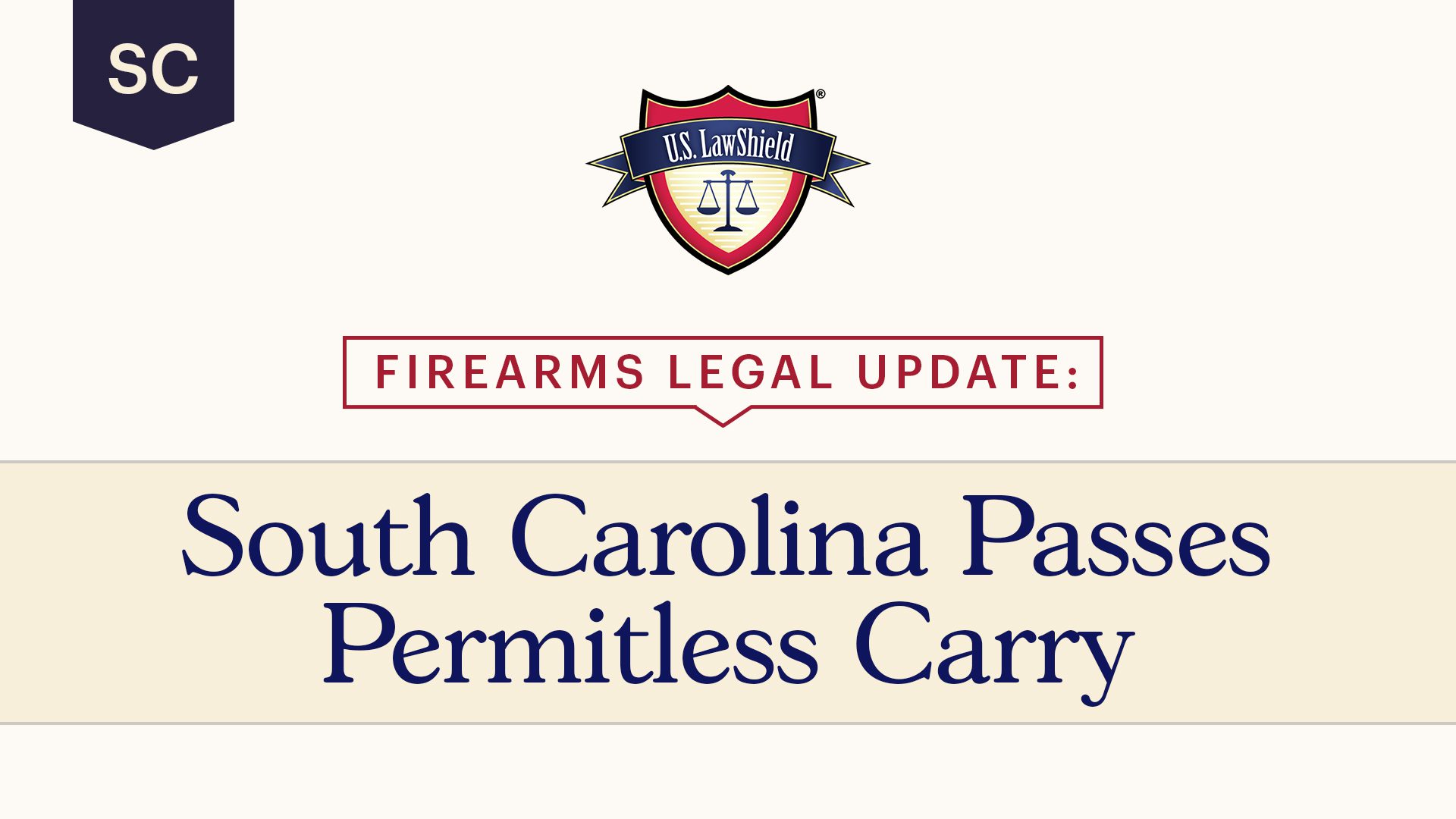
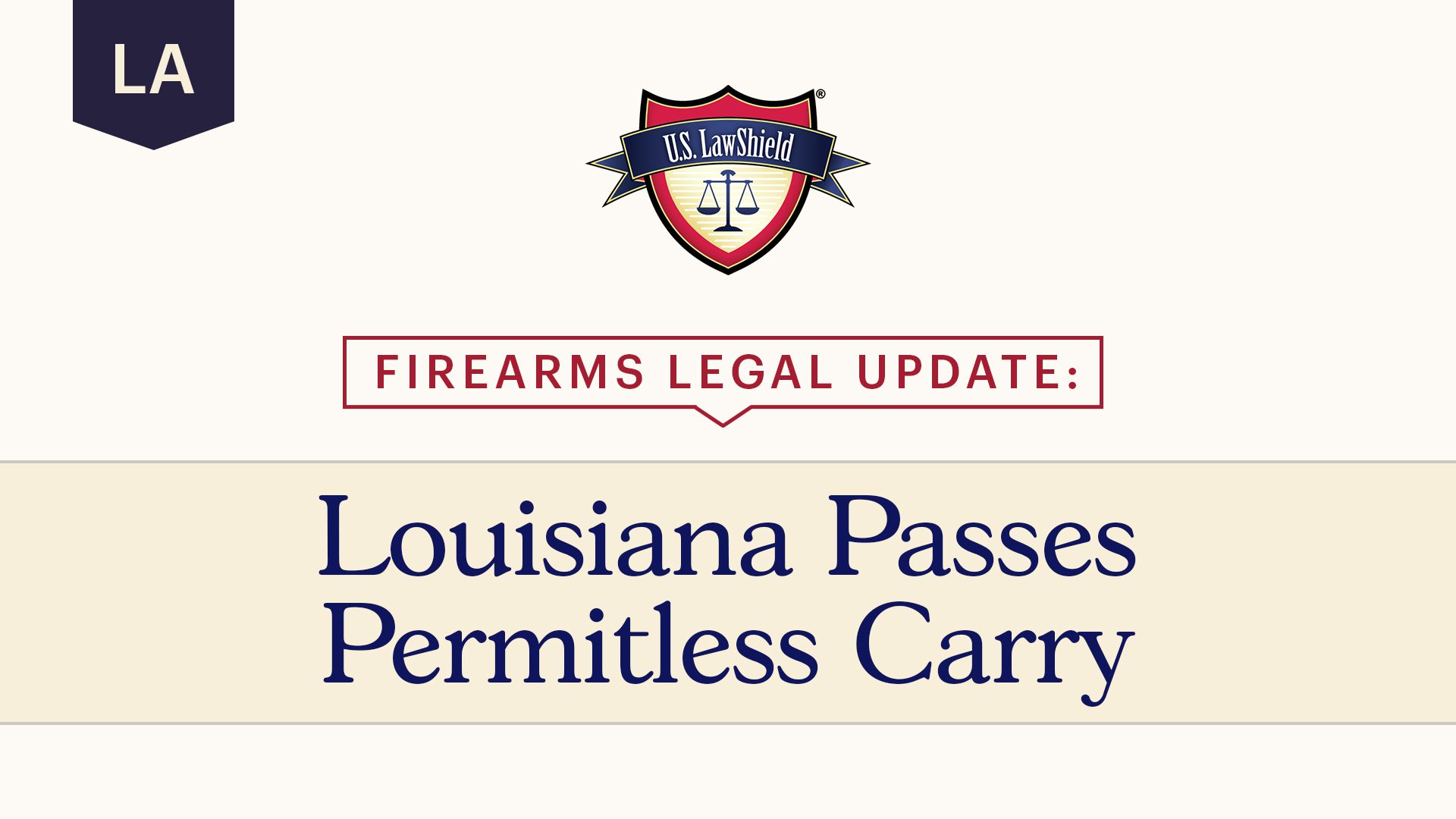
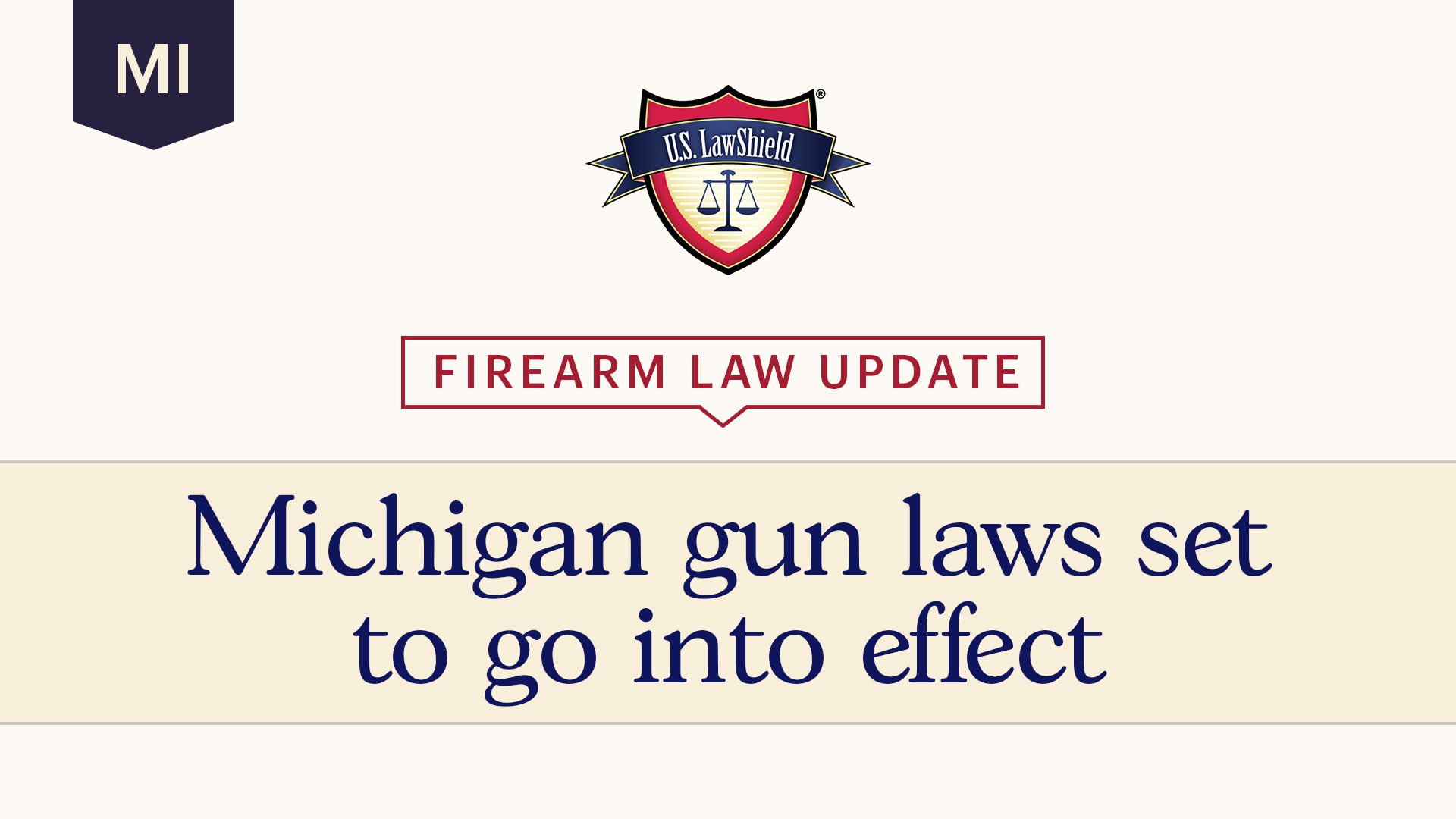

Leave A Comment